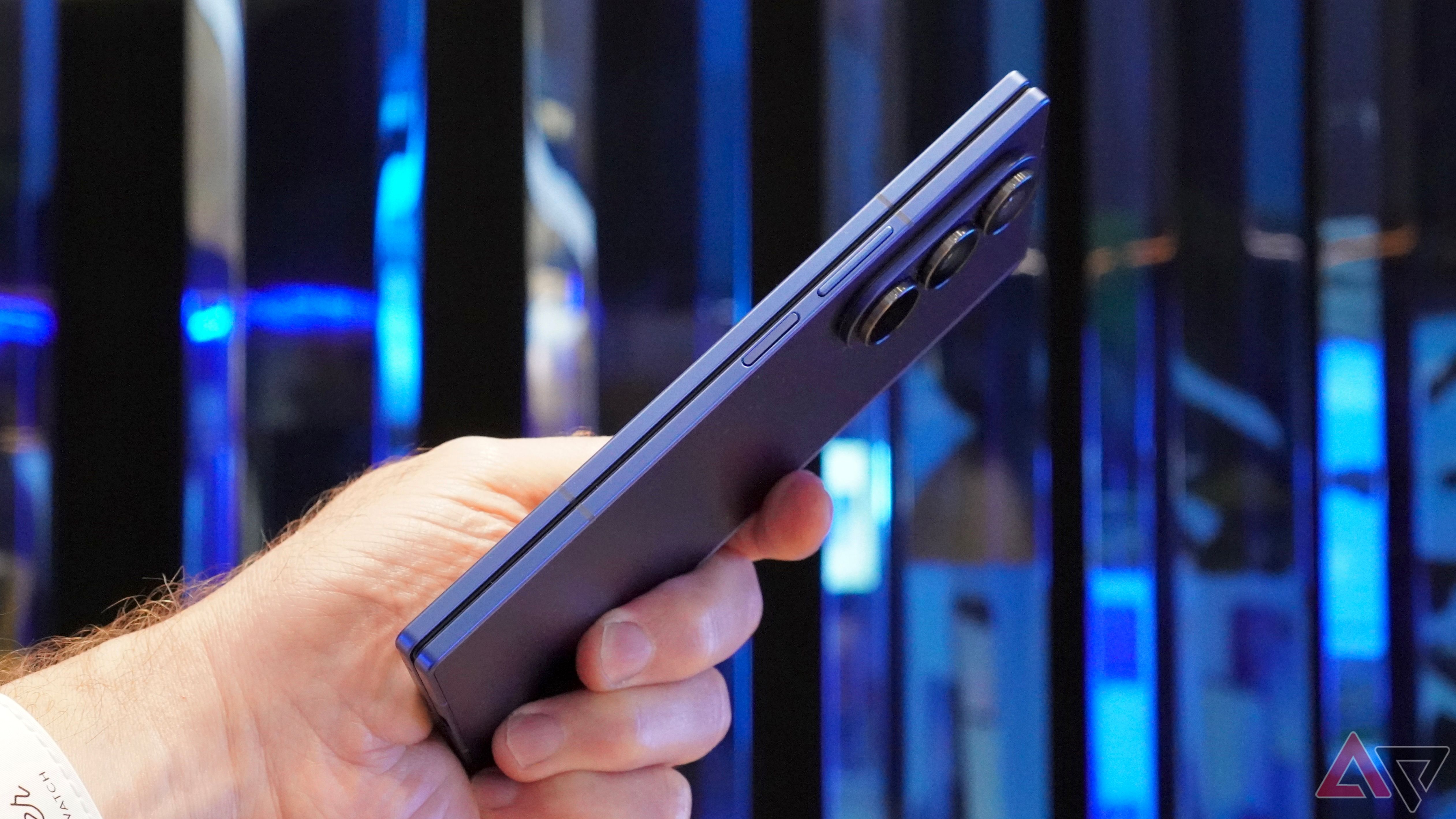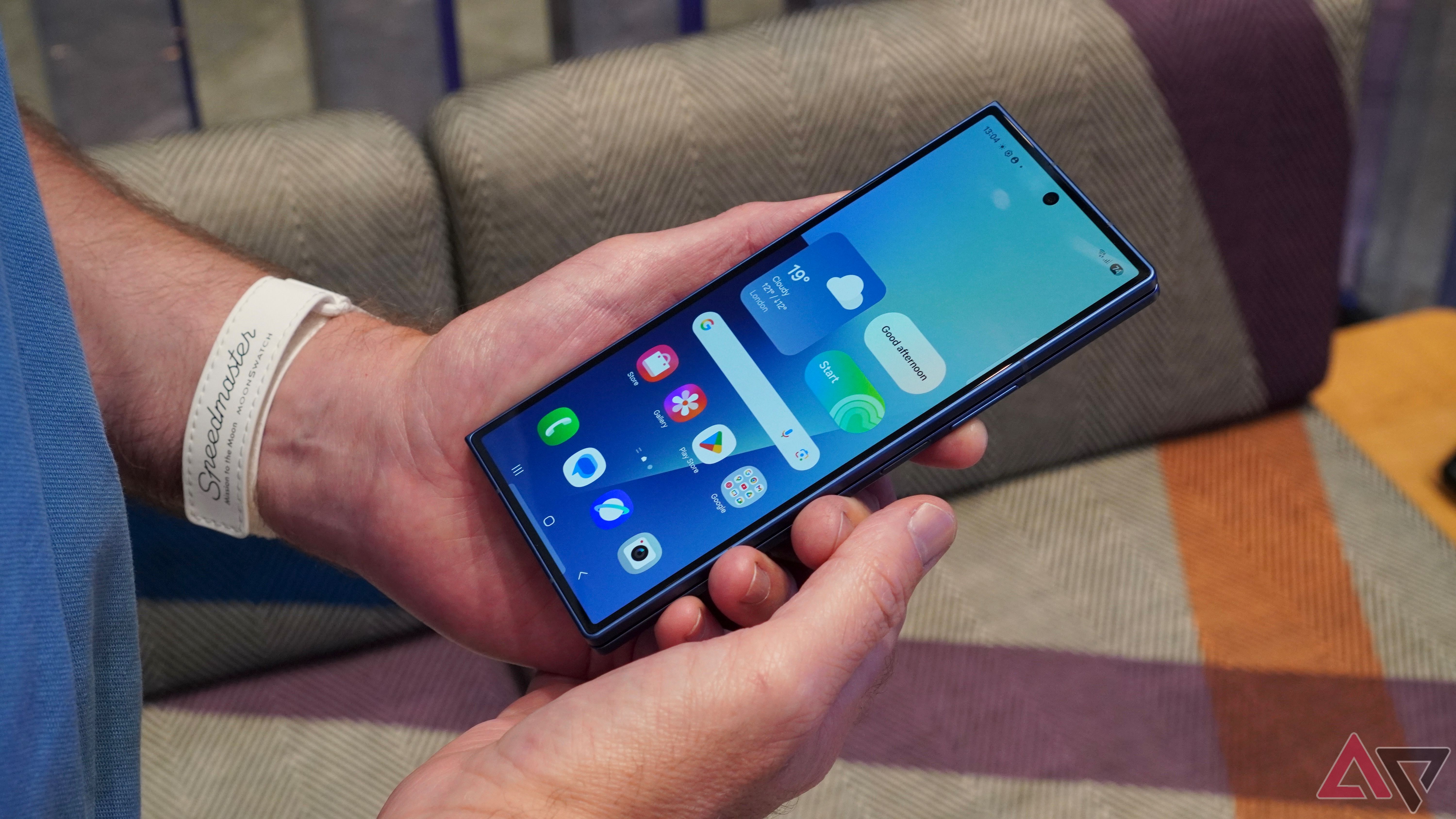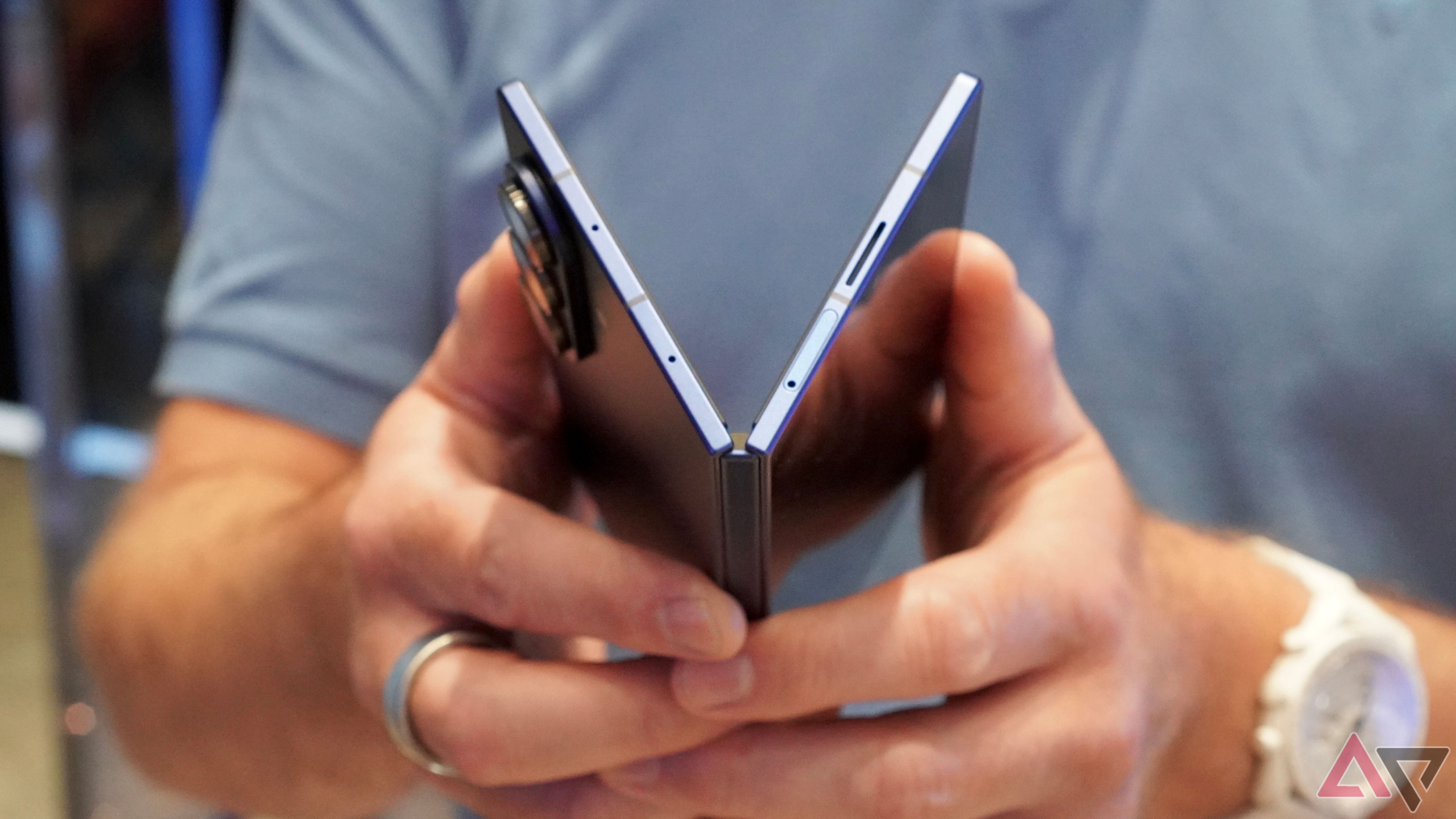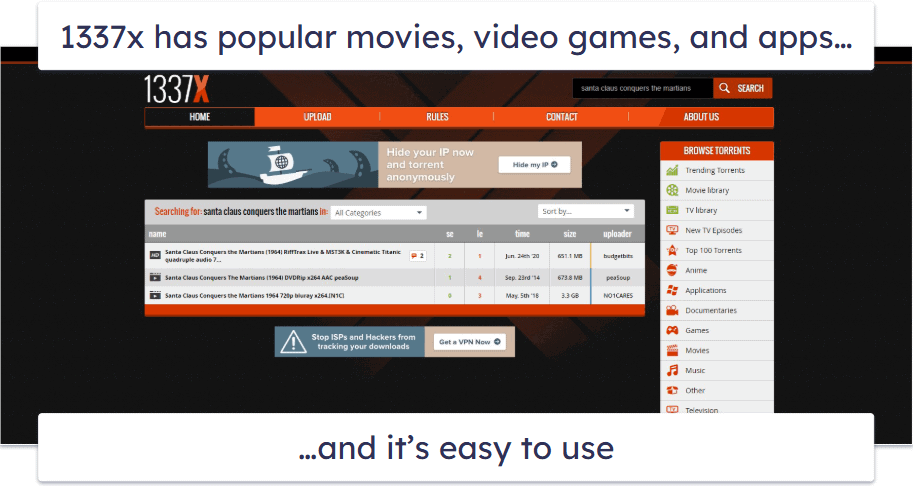For a couple of years now, it had started to feel like Samsung had put its foldable phones on the back burner.
We saw no major changes to the Galaxy Z Fold series for nearly three years, and many of us were left asking Samsung for the upgrades we needed, especially as the company fell far behind competition from Chinese smartphone makers.
But with the Galaxy Z Fold 7, that feeling is starting to change. The Galaxy Z Fold 7 feels like a true generational upgrade over the Galaxy Z Fold 6.
You get the expected improvements, like the latest Qualcomm Snapdragon 8 Elite chipset and an upgraded camera sensor (in fact, the same primary sensor as the Galaxy S25 Ultra).
But there’s one key upgrade in the Galaxy Z Fold 7 that feels long overdue — and I’m really glad Samsung finally added it.
The wider cover screen fixes my biggest foldable complaint
Using it closed doesn’t feel like a compromise anymore
For years, foldable phone enthusiasts like me and many users on social media have been asking Samsung to switch to a wider cover screen on the Z Fold series.
Chinese competitors addressed this a couple of years ago. Oppo fixed it with the Find N2, and even the OnePlus Open from 2023 featured a wider cover display. However, Samsung stuck with a narrow cover screen on its foldables for ages.
I remember first complaining about the narrow cover screen back in 2021 when I held the Galaxy Z Fold 3 for the first time. But Samsung kept using similar displays on the Z Fold 4, Z Fold 5, and even last year’s Galaxy Z Fold 6.
Whenever I tried out the Z Fold series, something always felt lacking, and that feeling only grew stronger, especially after using the Z Fold 6 alongside the Oppo Find N5.
There were a couple of reasons I kept asking for this.
First, using that screen normally just wasn’t comfortable. It’s narrow, and while Android scales apps fairly well, it doesn’t feel natural. It’s taller than expected, and typing on the keyboard feels cramped.
I also don’t enjoy seeing apps stretch awkwardly on that display when I’m used to something wider.
Second, there’s battery life. Since I couldn’t use the cover screen like a regular phone, I opened the foldable more often, using the larger display more than necessary.
That big display draws more power, and with the Z Fold series sticking to a 4,400mAh battery for three years, that meant battery life suffered.
But finally, after years of waiting, Samsung has moved to a wider cover screen on the Galaxy Z Fold 7.
It now features a 6.5-inch cover display with a 21:9 aspect ratio, similar to the screens on today’s slab smartphones. It’s still not as wide as the Galaxy S25 Ultra, but it comes close to the Google Pixel 9 Pro.
This means I can finally use the cover screen like a regular smartphone for tasks that don’t require opening the main display. Apps should scale and look as expected, and I’m sure many foldable users will welcome this change.
There are also some under-the-hood changes to the cover screen.
The resolution is now FHD+ instead of HD+, bumping the pixel density to 422 PPI.
The outer display protection has been upgraded to Corning Gorilla Glass Ceramic 2, which should make it more resistant to scratches and dents than the previous generation.
Slimmer and lighter design ties it all together perfectly
Samsung found the sweet spot (finally)
Alongside the wider cover screen, what truly completes the Galaxy Z Fold 7 experience is its significantly slimmer and lighter design.
When folded, the device measures just 8.9mm thick — nearly matching the profile of the Galaxy S25 Ultra — making it feel far more like a regular smartphone in hand.
This alone should greatly improve the experience, especially for those who found earlier Fold models too bulky.
It’s also notably lighter at 215 grams. Combine that with the wider cover screen and a thickness comparable to a regular phone, and it all comes together perfectly, in my opinion.
This finally delivers the experience I’ve wanted from Samsung’s foldable lineup for quite some time.
Why I want a foldable phone to be as normal as a slab phone
It shouldn’t feel like a compromise when it’s folded shut
I know many of you might be wondering why I want a foldable phone to act like a standard slab phone. But that’s exactly what makes foldable phones exciting. It doesn’t mean compromising on what we have now for a new form factor.
For me, the appeal of buying a foldable phone lies in having the convenience of a regular smartphone with the added flexibility of unfolding into a larger screen for tasks like watching content, multitasking, or taking notes.
And, at least on paper, the Galaxy Z Fold 7 seems to be ticking all the right boxes.
Samsung finally addressed our complaints
Overall, the Galaxy Z Fold 7 looks like Samsung has closed the gap with its competitors (and quickly) by addressing major complaints with the Fold series in just one generation.
Sure, there are still things I wish were different, like a larger battery (Samsung is sticking with the same 4,400 mAh cell) and the dropped support for the S Pen.
But even with those omissions, the Galaxy Z Fold 7 looks like a compelling upgrade, even over last year’s Z Fold 6.
I haven’t gone hands-on with the device just yet, so my impressions could change. But for now, I’m genuinely excited to try it out. The Galaxy Z Fold 7 finally feels like the foldable I’ve been waiting for.
Samsung Galaxy Z Fold 7
- RAM
-
12GB
- Storage
-
256GB
- Battery
-
4,400mAh
- Operating System
-
One UI 8
- Cellular connectivity
-
5G, LTE
- Wi-Fi connectivity
-
Wi-Fi 7
The Samsung Galaxy Z Fold 7 is a generational upgrade. It’s the thinnest and lightest in the series to date, powered by the Snapdragon 8 Elite for Galaxy processor and featuring a 200MP pro-grade camera. With an improved, durable Armor FlexHinge and Gorilla Glass Ceramic 2, the device boasts a wider 6.5-inch cover screen and unfolds into a stunning 8.0-inch main display.
- Bluetooth
-
Bluetooth 5.4
- Weight
-
215g
- IP Rating
-
IP48






